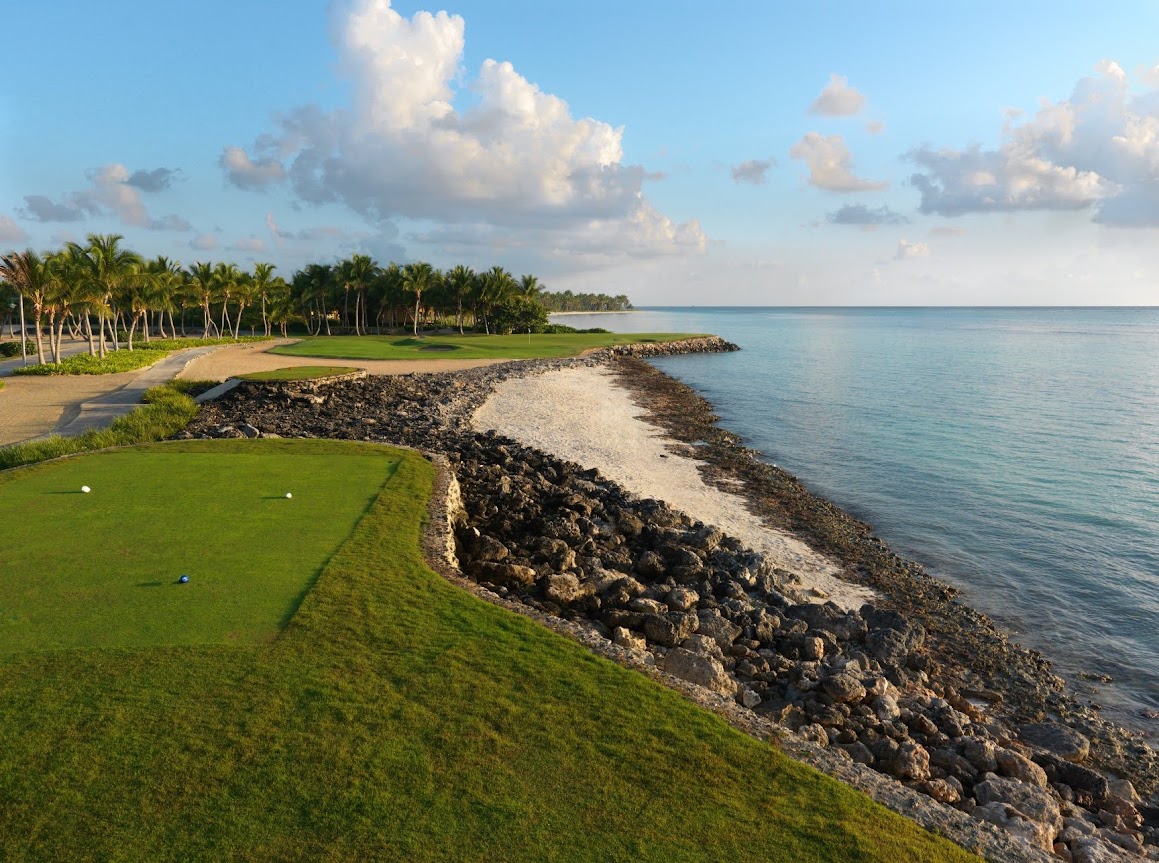GLASGOW
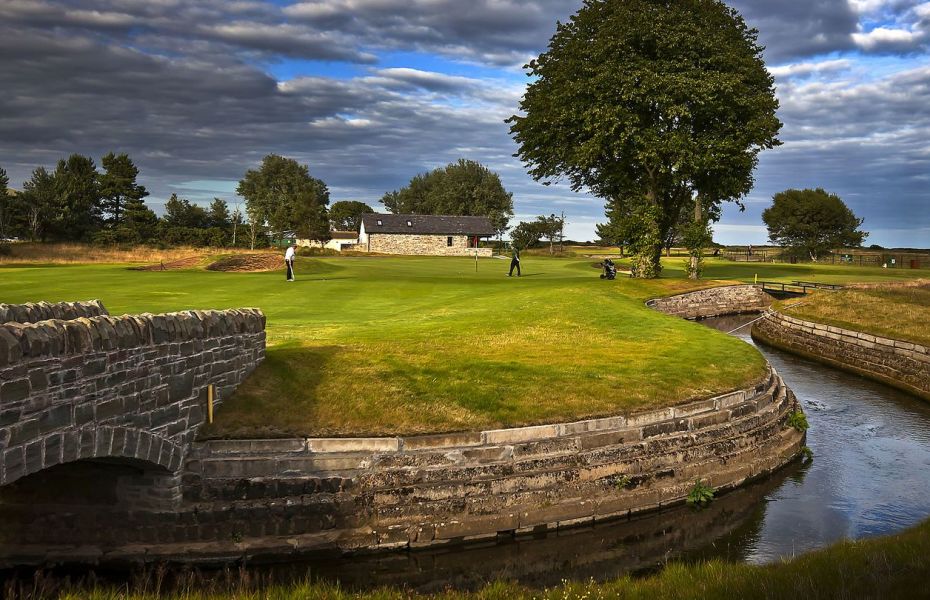
With around a hundred golf courses to choose from, Glasgow has the biggest selection in Scotland
When taking into account the hustle and bustle of Glasgow and its surrounding area you would probably be surprised to hear that Scotland’s Central region boasts 119 of genuine quality. This area is perhaps the most underrated of all the six regions that make up Scottish golf. Most tend to view the scenery around the courses elsewhere in Scotland as superior, but this particular corner of the home of golf has its fair share of surprises. A warm, early evening round of golf high up on a hill with the shimmering lights of Glasgow in the distance is quite spectacular.
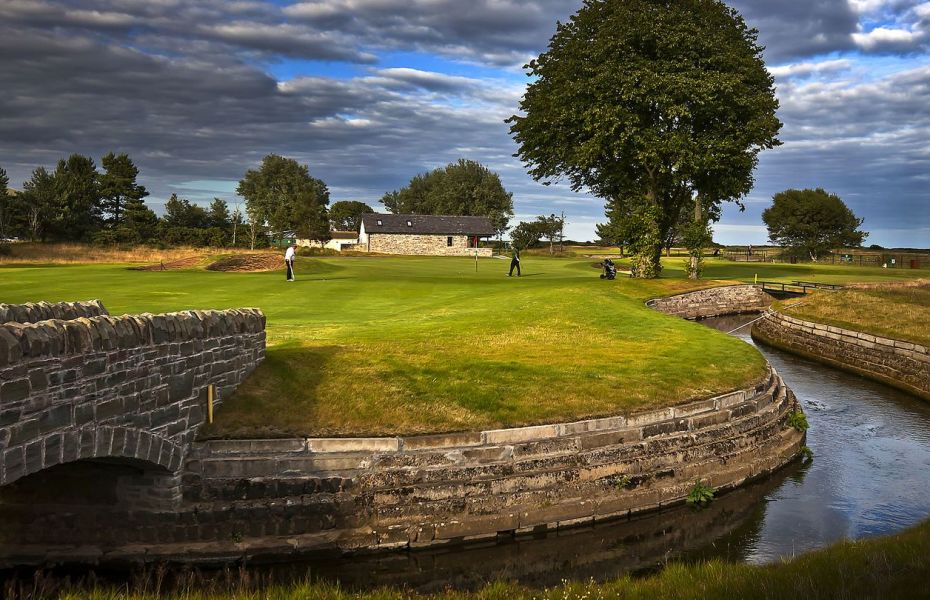
Buddon Links est un parcours de golf relativement récent qui a été ouvert en 1979.
Il a été conçu par Peter Allis et Davis Thomas, bien qu’il y ait eu des changements importants depuis, notamment l’ajout de 2 nouveaux trous. Il a été porté à un Par 68 très éprouvant.
Les Buddon Links sont un excellent complément au parcours de championnat et il vaut la peine qu’un joueur considère 18 trous au-dessus des Buddon Links comme une introduction au golf de liens avant d’aborder le parcours de championnat le plus exigeant.


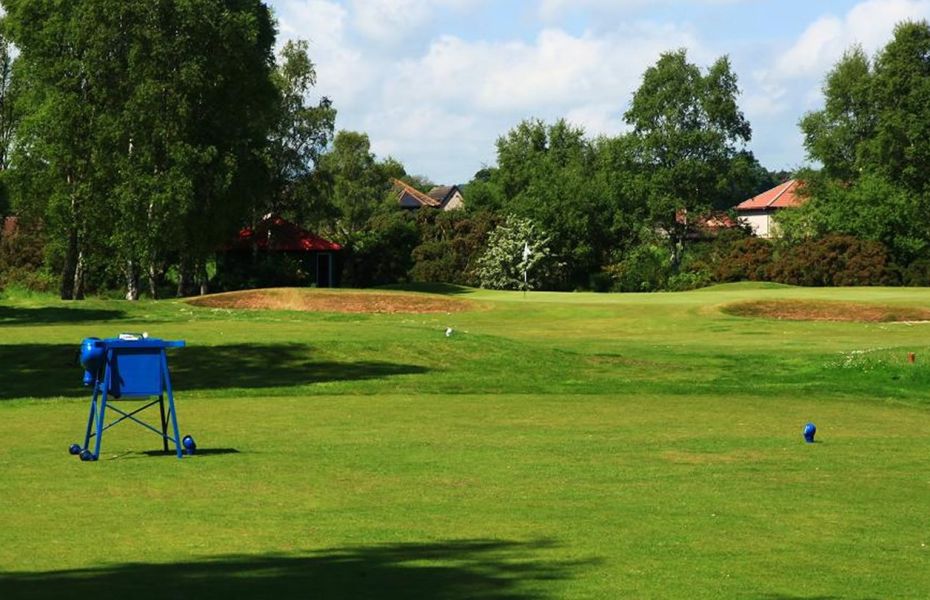
Adjacent to the Carnoustie Championship Course, the laudable Burnside golf course, established in 1914, has its own intricacies and character not unlike its senior.
Heather, whins and a burn come into play throughout this enjoyable golf course, testing your golfing skills at every turn. The 5th hole is an interesting par three to a very well-defended green. Depending on wind, the ball could find the burn in front or bounce on the green and continue into the same burn on the right.
The 14th, called “The Scoup”, is a par three of 228 yards, playing to a plateau green which, especially at that length, is very difficult to hit and hold. The 15th is long and distinctly linksy, a par five of 500 yards.
Burnside golf course, if sited elsewhere, would have much greater acknowledgment, but as it is, it remains one of Angus’ undiscovered gems. An excellent links course in its own right, it will prove a rewarding adversary for any serious golfer.

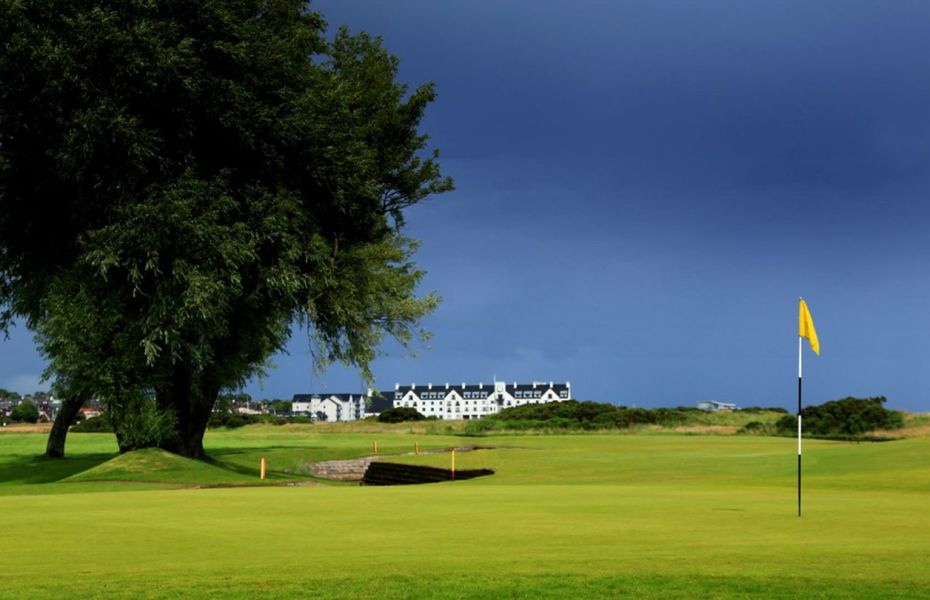
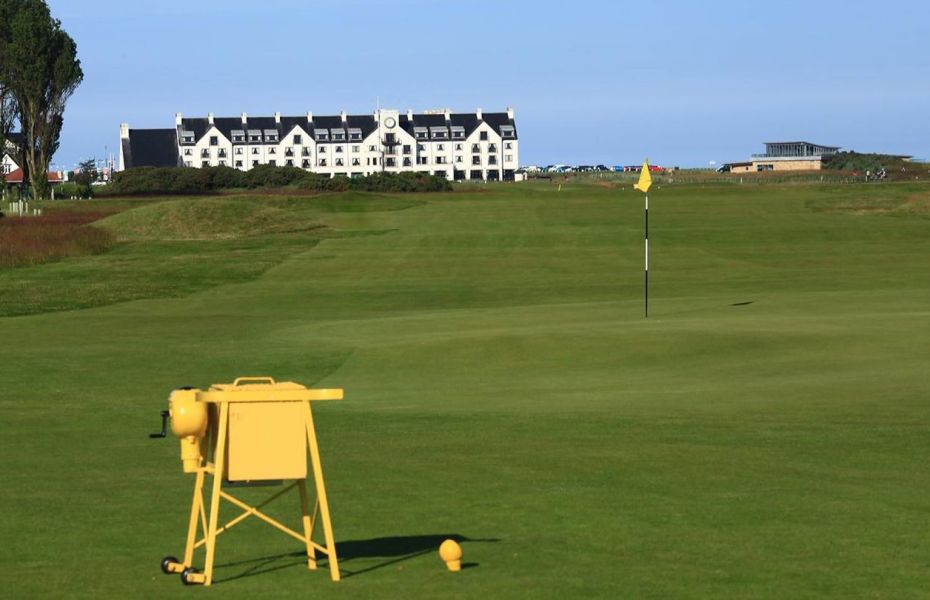
There are many who believe that the Championship Course at Carnoustie is the finest test of championship golf to be found anywhere the game is played.
The Championship Course has hosted seven Open Championships, one Ladies Open and one Seniors Open making it one of the very few to have done so in the UK. It is one of the three courses used for the annual Dunhill Links, the others being Kingsbarns and the Old Course in St Andrews. The Open Championship will return to the Championship Course in 2018. Generally regarded as the toughest of the Open venues for those who understand the game a little more will know it is probably the fairest too. Without doubt though Carnoustie Championship Course does have the toughest closing stretch of holes anywhere and those finishing the final four holes with no more than a bogey should be suitably content with their play.
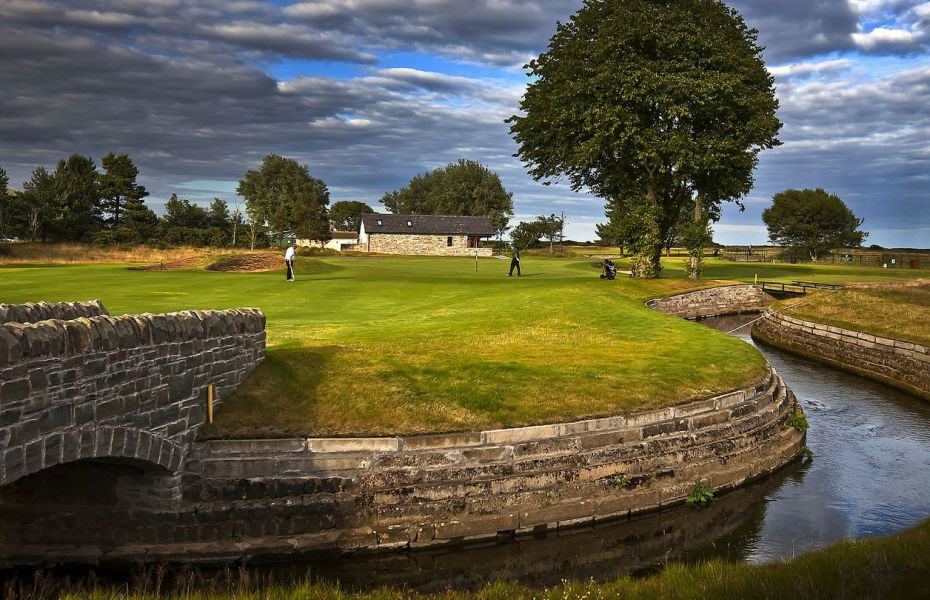


Prestwick is famous as the initial originator and sponsor of The Open Championship, the oldest of golf’s four major championships.
Prestwick Golf Club is located in the town of Prestwick, South Ayrshire, Scotland. It is approximately 30 miles (50 km) southwest of Scotland’s largest city, Glasgow. Prestwick is a classic links golf course, being built on the rolling sandy land lying between the beach and the land further inland. The course is located near the Prestwick airport, and some holes run along railway tracks on the eastern side of the course.
Golf had been played over the links at Prestwick for many years before the Club was formally organized in 1851. Old Tom Morris was the club’s “Keeper of the Green, Ball and Club Maker” from 1851 to 1864. He designed and built the original 12-hole course, which measured 3,799 yards, 578 of which were on the first hole. In common with other courses, many of Prestwick’s original holes crossed over the same undulating terrain; no more than two dozen golf clubs existed anywhere in the world at that time. Six of the original greens are still used by the present 18-hole course, which also includes three of the original holes: 2nd (Alps), 4th (Cardinal) and 5th (Sea Headrig).
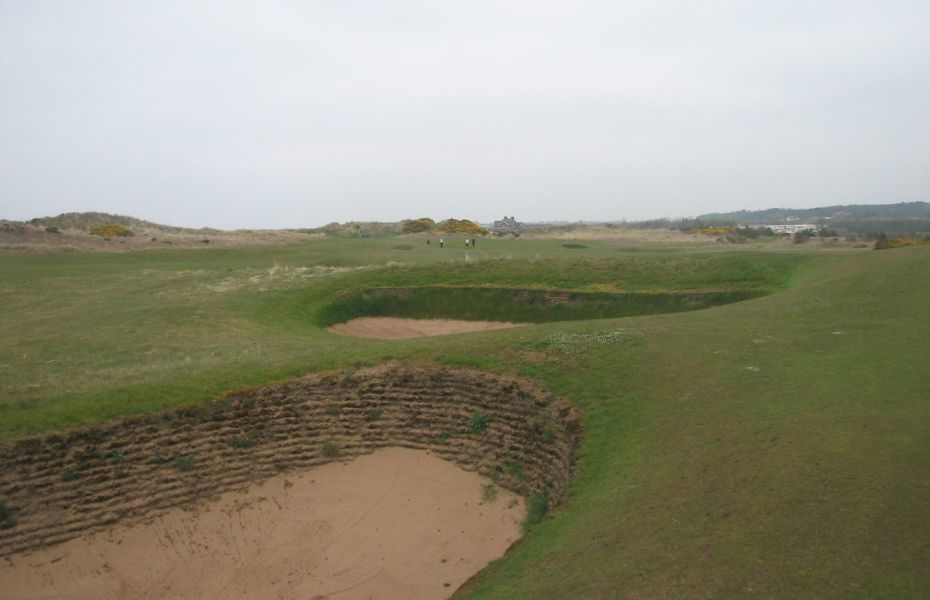
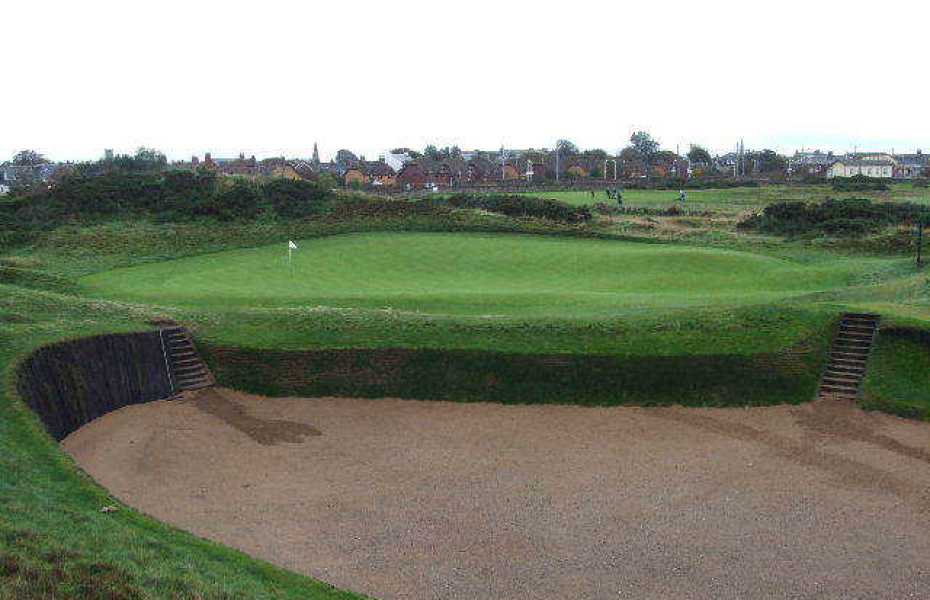
Consistently ranked as one of the world’s best links courses, Royal Troon was created by Willie Fernie, one of the great early British golfers, in 1878. Frequent host to the British Open, perhaps the most apt description of the course is provided by the club motto – “Tam Arte Quam Marte,” – which means “as much by skill as by strength”.
Though a relative latecomer to the Open Championship circuit, Troon has hosted the famous championship seven times, the most recent of which was when Justin Leonard triumphed in 1997. The aura of history at Troon is matched by its list of champions – Bobby Locke, Arnold Palmer, Tom Weiskopf, Tom Watson and Mark Calcavecchia – each one a legend and a worthy match for this superb venue.
A classic links course in every respect, the golfer is eased into the challenge with each hole appearing to get progressively tougher. Narrow fairways lined with trouble make tee shots critical, its bunkers are punishing and Troon’s small greens require touch and imagination. Running straight out and back along the coast, Troon often changes dramatically from front nine to back. As those who witnessed the fish floundering on the 4th green during the 1952 Home International will testify, when that prevailing wind blows, it really does blow.
Though boasting many superb holes, there can be little argument about Troon’s most famous hole. At 126 yards, the par 3, 8th “The Postage Stamp” may be the shortest hole in British Open golf, but it has certainly notched up its fair share of victims.
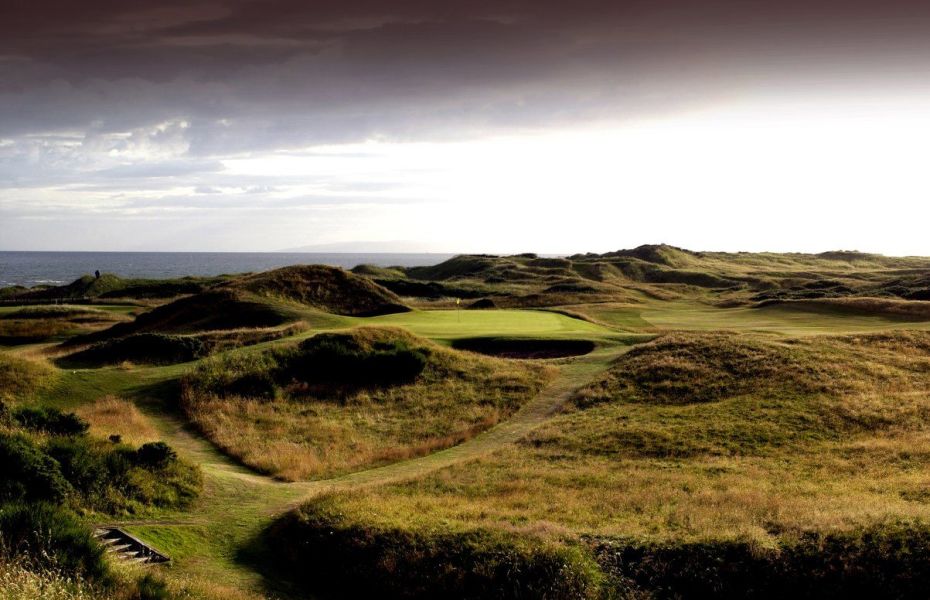
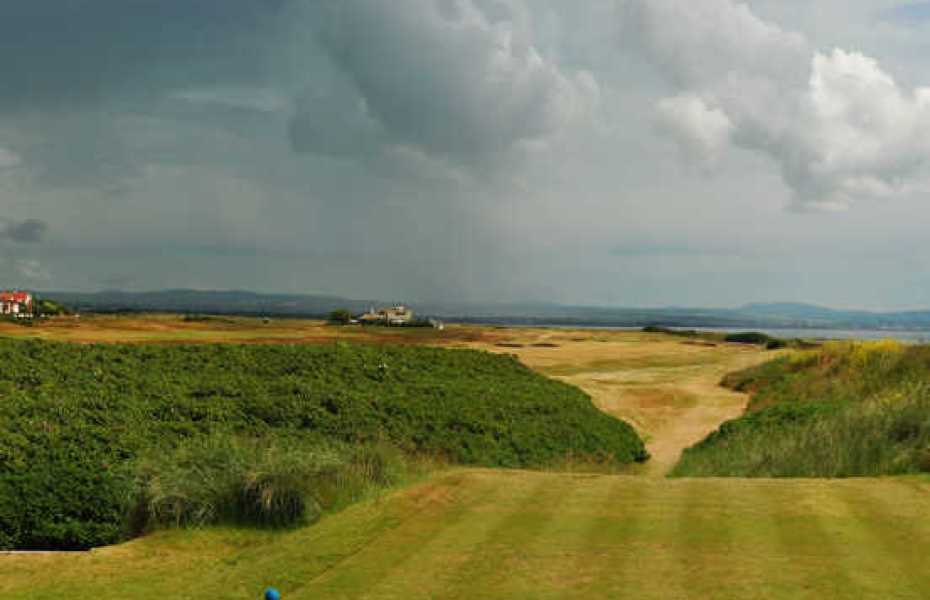
Although shorter than sister course, the Old, the Portland provides a tough test for any golfer. Each hole twists and turns through traditional gorse and broom-lined fairways in the relative shelter of the Old Course.
The course was originally designed by Troon professional, William Fernie, and redesigned in the 1920s by Dr Alister MacKenzie. While the course may seem easier on the scorecard with its par 3-laden front nine, the four par fives on the back nine will ensure the golfer is left in no doubt as to the challenges of this great links track.
The Portland Course was opened in June 1895 although it was only in 1924 that the name was changed from the Relief Course.
In more recent times, the qualifying rounds for the European Open in 1979 were played over the Portland Course.
The first Clubhouse of a substantial nature was completed in 1886 and additions and alterations over the years have provided the Members with a building of character and considerable charm.
The Portland Course is an excellent links course and provides a real test to the higher handicapper who would maybe consider Royal Troon too tough.
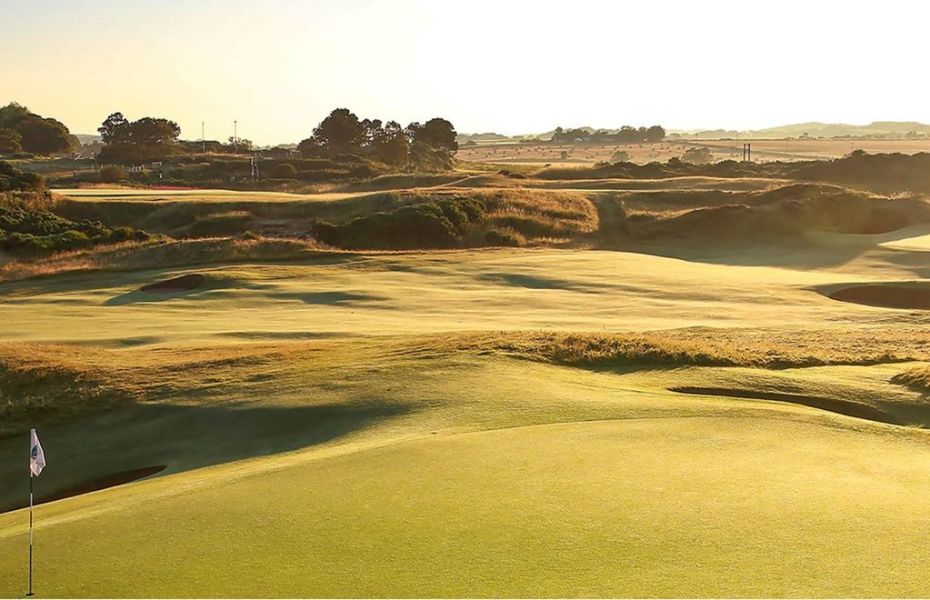
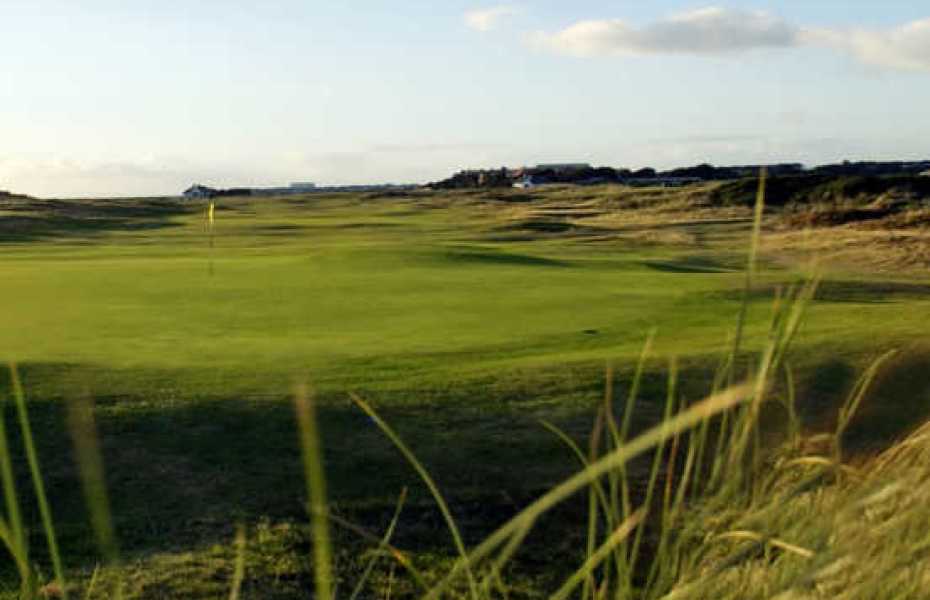
Accommodation
Promotional offers
Need a price?
Apply today and get a quote for your next trip.

